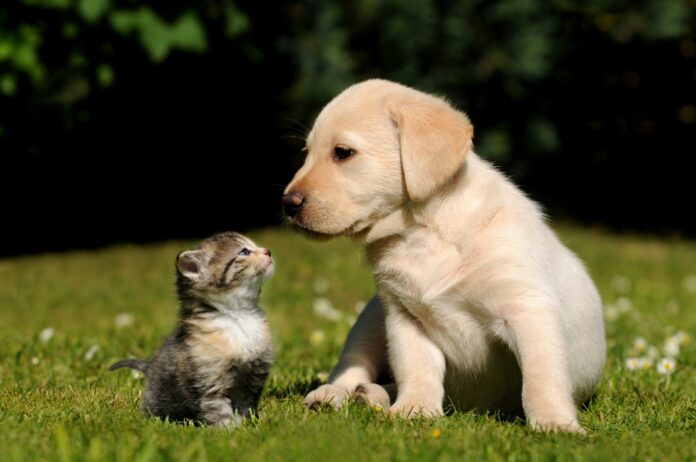
There have now been more households with pets than there have been with children in the last decade. Among U.S. households, dogs are by far what makes up a significant proportion of pets. Animals have become part of many families, not just as pets but as full-time members. As pet owners, we need to realize that being good pet parents is a huge deal. Besides buying collars, leashes, bowls, medicine for their pets, and veterinary services, people also buy things to pamper them with beds, toys, clothes, travel accessories, and gifts.
Millennials Are #1 in Pet Ownership
Millennials are the generation of pet owners who have overtaken parents who owned pets during the baby boomer generation. It is also evident that millennials are on the upswing regarding income and spending, whereas boomers are on the downswing. As millennials mature, their spending power will continue to increase in addition to their numbers. Many of them will be devoted to their pets, thus benefiting the pet industry. It can be pretty accurate to determine the size of the pet market by simply checking out Chewy (CHWY earnings).
Our Pets Are Family
Most pet owners say that they would rather cuddle with their pets rather than their spouses or partners. Compared to previous generations, this generation delays a disproportionate amount of childbearing and is likely to have more money and time to pamper pets before their babies arrive. When my friend is away from home for an extended period, her pet exhibits separation anxiety. The reverse is also true in the case of millennials. There is an anxiety that arises when the pet owner separates from the pet.
Treats for Pets
Since pets are millennial’s four-legged children, they deserve the exact same treatment all the other family members get. More than half of millennials give gifts to their pets once a month or more. On birthdays, holidays, or just any day, pets should get a treat. And with pet-themed clothing, millennials are going even further. They buy clothing that doubles as carriers for their pets, such as slings and pet-pouch hoodies.
Pets in Nice Clothes
As pet owners get more interested in buying clothing for their pets, the number of people who do so rises. According to millennials, their pets will probably wear sweaters, dresses, coats, and other fashion for many years to come. We are approaching Halloween very soon, which means that pets will also be trick-or-treating wearing pet costumes. This year’s trend of group costumes is one of the most popular trends of the year where friends dress up as their favorite characters from movies or stories. Pet owners are more likely to dress their pets up in costumes all year round if they plan on dressing them up in costumes for any holiday.
Pet Buyers Looking for Expertise
When it comes to buying stuff for their pets, millennials prefer retailers who understand their needs. Young people are a bit pickier about what products are suitable for their pets. Retailers need to offer high-quality products and specialty products to millennials since they don’t want convenience.
Pet Luxuries
Pet shops with a combination of retail and grooming services enjoy great success, as does any retailer who offers both services. Because today’s millennials have adopted the “fur baby” concept and consider pets as family members, they are willing to spend discretionary income on their pets to purchase items and services that go beyond food and vet care. You should notice these shifts in mindset and spending patterns, as well as the opportunities offered by them. Hotel chains are offering more and more services and facilities to meet the needs of pet owners that are traveling with their pets. The simple fact of the matter is that even with no children, they are always willing to spend the money they need to take their pets on vacations.
Barking a Lot, No Bites
Since millennials consider their pet pets to be family members, it is no secret that this generation is driving growth in the U.S. industry, especially in the business of dog food. Therefore, the most popular foods they purchase to match their dietary needs are premium, less processed foods. Food is the most prevalent example of premiumization, but it can be applied to all sorts of goods and services. When buying products for their pets, consumers apply the same criteria they use when purchasing products for themselves. Their only concern is what is best for their pets when it comes to caring for them.





